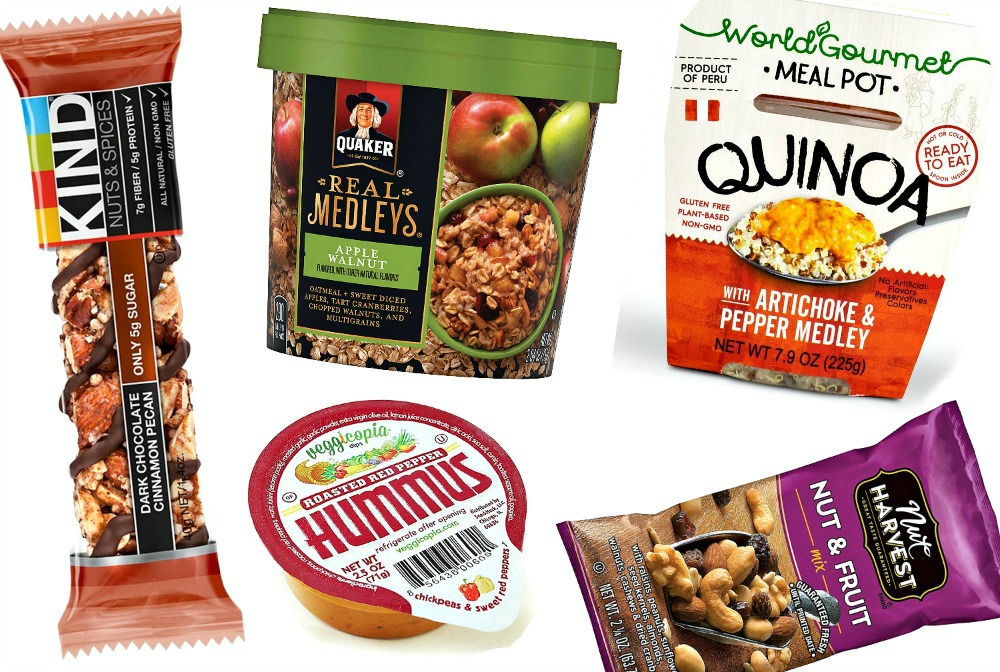Table Of Content

Passengers are generally allowed to bring non-alcoholic drinks on board a cruise ship. However, it is important to note that some cruise lines may limit the amount of non-alcoholic drinks that you can bring on board. Pre-packaged snacks like crackers, chips, and candy are allowed on most cruises. Additionally, pre-packaged non-perishable food items like beef jerky and dried fruit are also allowed. Overall, understanding the policies of your chosen cruise line is key when it comes to bringing food onboard.
Prohibited Food Items
Cruise passengers can bring bottles of wine and champagne on board, but are subject to a corkage fee whether you drink in your cabin, restaurant, bar or lounge. The price is $15 for a 750 ml bottle of wine and $30 for a 1500 ml bottle of champagne. For the reasons just cited, you aren’t allowed to bring on fruits and vegetables or home cooked items on your cruise. Instead, the only food and snacks you are allowed to bring with you are pre-packaged and processed items. Meanwhile, you likely know the restrictive rules that cruise lines have regarding drinks. Most cruise lines allow a bottle of champagne or wine, and that’s it.

Convenient Port Canaveral “Park & Cruise” Hotels
So while it might seem restrictive to only be allowed pre-packaged items, it actually encompasses a huge variety of items. Things like candy, chips, salty snacks, beef jerky, and more fall under the umbrella. There should be no trouble bringing your favorite snack on the ship. Some cruise ships will puree food for your new eater, but you might need to request it in advance. Check with your cruise line before you sail, as you might need to bring your own jarred baby food.
Popular: 39 Useful Things to Pack (17 You Wouldn't Think Of)
Guests can choose from formal dining rooms, casual cafes, and specialty restaurants for a memorable dining experience. Overall, passengers should be confident and knowledgeable about the rules and regulations for packing and carrying food and drinks on a cruise. By following these guidelines, they can enjoy their favorite snacks and beverages while on board without any issues. When packing food and drink items for a cruise, passengers should consider the size and weight of their luggage. Non-perishable snacks and treats can be packed in small bags or containers, while larger items like bottles of wine or champagne may require additional padding or protection.
However, many travelers wonder if they can bring their own food on board. Bringing snacks onboard a cruise is very popular among parents of picky eaters. This is especially true for small kids who go through phases of only eating certain foods and refusing everything else. This food policy is due to safety concerns to avoid problems arising from fresh and unpackaged food, such as pests and diseases. When preparing for a cruise vacation, you may struggle to figure out what you can and can’t bring onboard. This is especially true if it’s your first cruise, and it can be an intimidating process if you’re going on an extensive cruise line such as Carnival Cruise Line.
Judith Eve, loves to write riveting articles on crusingtonpost.com. She hails from the sun-kissed regions of South Florida, residing within a stone’s throw of the bustling Fort Lauderdale and Miami cruise ports. As a native Floridian, Judith’s love for the ocean and cruising extends as far back as her memory can recall. This may provide you with comfort during your cruise or guarantee that there’s something on board that you’ll like. What about bottled water, soda, milk or other nonalcoholic beverages? Or maybe you have a kid that is a picky eater or a baby that only eats a certain brand of baby food.
Celebrity Cruises
From the main dining room to the next specialty restaurant and 24-hour room service, you’ll likely find all types of food on your cruise ship. You’ll likely be too full after each delicious meal to even think about the bag of chips in your room. You’re doing yourself a disservice if you aren’t taking advantage of the variety of foods you’ll find on your cruise ship. Your Carnival cruise ship may have your favorite snack available or something similar. However, you can expect the price to be higher than if you bought it at your local supermarket.
What Are the Consequences of Bringing Outside Food and Beverages on a Cruise?
Princess allows guests to bring more than one bottle on board, but after the first, you’ll pay a corkage fee no matter where it’s consumed. As for wine and champagne, many cruise lines allow you to bring one or two bottles, but only on embarkation day when you first board. However, the guidance for all major cruise lines is that perishable and homemade foods aren't allowed to be carried on board.
Baby Foods and Formulas
17 Best Viking Cruises Food Options I Enjoyed On Board - TravelAwaits
17 Best Viking Cruises Food Options I Enjoyed On Board.
Posted: Fri, 08 Mar 2024 08:00:00 GMT [source]
For example, some cruise lines may allow you to bring pre-packaged snacks and non-alcoholic beverages on board, but prohibit fresh produce or other perishable items. Additionally, some cruise lines may require that any outside food or drinks be consumed in your stateroom and not in public areas of the ship. Different cruise lines may have slight variations in their food policies, so it’s important to do your research beforehand. Look for information on their official website or contact their customer service for clarification. This way, you can be sure you’re following the rules and won’t have any unexpected surprises when you arrive at the cruise ship. On embarkation day, each guest of drinking age may bring one (1) sealed 750 ml bottle of wine or champagne.
Alcoholic beverages (beer, seltzer or hard liquor) seized on embarkation day will not be returned. You’ve selected your destination, picked a cruise line, booked your cabin and are ready to pack your bags with everything from swimwear to a cocktail dress. However, consequences for breaking cruise line policies have the potential to be more severe. But before you start bringing the entire refrigerator, there is more you need to know about what you can and can’t bring on your trip. Sometimes you’ve just got to have a Snickers bar… or some Doritos… or some Oreos. No matter your favorite snack, sometimes (or every day) you have to have it.
Bringing a few snacks onboard minimizes your exposure to snack foods you may be allergic to. This is especially true for people who have many allergies or experience severe allergic reactions from small traces of allergens. It’s important to note that Carnival doesn’t allow fresh foods on board, meaning you may not get away with bringing fresh fruits and veggies.
From pre-packaged goodies to non-perishable delights, we’ll uncover what you can and can’t bring on a cruise ship. Passengers should also be aware that there are limits on how much food and drink they can bring on board. Most cruise lines allow passengers to bring one or two bottles of wine or champagne per cabin, as well as a limited amount of non-alcoholic beverages in cans or cartons. Bringing your own alcohol on a cruise ship can be a bit more complicated than bringing snacks and non-alcoholic beverages.
All-night venues might include a small section of the buffet, a pizzeria or a shipboard diner. During the day, the buffet and some of the casual dining spots might serve food throughout the afternoon, and onboard coffee shops tend to offer small snacks and baked goods. Most cruise lines allow passengers to bring their own personal items such as snorkeling gear. However, it’s always a good idea to check with the specific cruise line for any restrictions or guidelines regarding bringing snorkeling gear on the cruise. Remember to check the specific snack policies of your cruise line before packing.
Which food items you are and aren't allowed to bring on board depends on the food as well as the cruise line. Keep in mind that cruise lines will scan your luggage looking for full bottles of liquor and may as inspect any bottles of liquid (ie. mouthwash). If you think you’ll be drinking alcohol, consider the cruise line beverage package or even one of the “free drink package” perks. Guests wishing to consume wine or champagne that they have brought on board in one of the dining rooms will be charged a corking fee of $25.00 per bottle. Guests of legal drinking age can bring up to 2 bottles of wine per stateroom, which is subject to a corkage fee.
However, there's so much food onboard that, unless you're very picky or have a dietary restriction, there's not much need to bring your own food. For those looking for a more upscale dining experience, many ships have specialty restaurants that require a cover charge. These restaurants offer a more intimate setting and a menu that is different from the main dining room.
Carnival Cruise New Orleans is a popular cruise line that offers a wide range of exciting and fun-filled activities... Culinary-focused cruises have become increasingly popular in recent years, especially among foodies who want to... Meet Sophia Mitchell, a passionate traveler and cruise enthusiast. Air Force as an Arabic linguist, Sophia now explores the world as a freelance writer. She funds her four-year (and counting!) cruise adventure using points and miles.

No comments:
Post a Comment